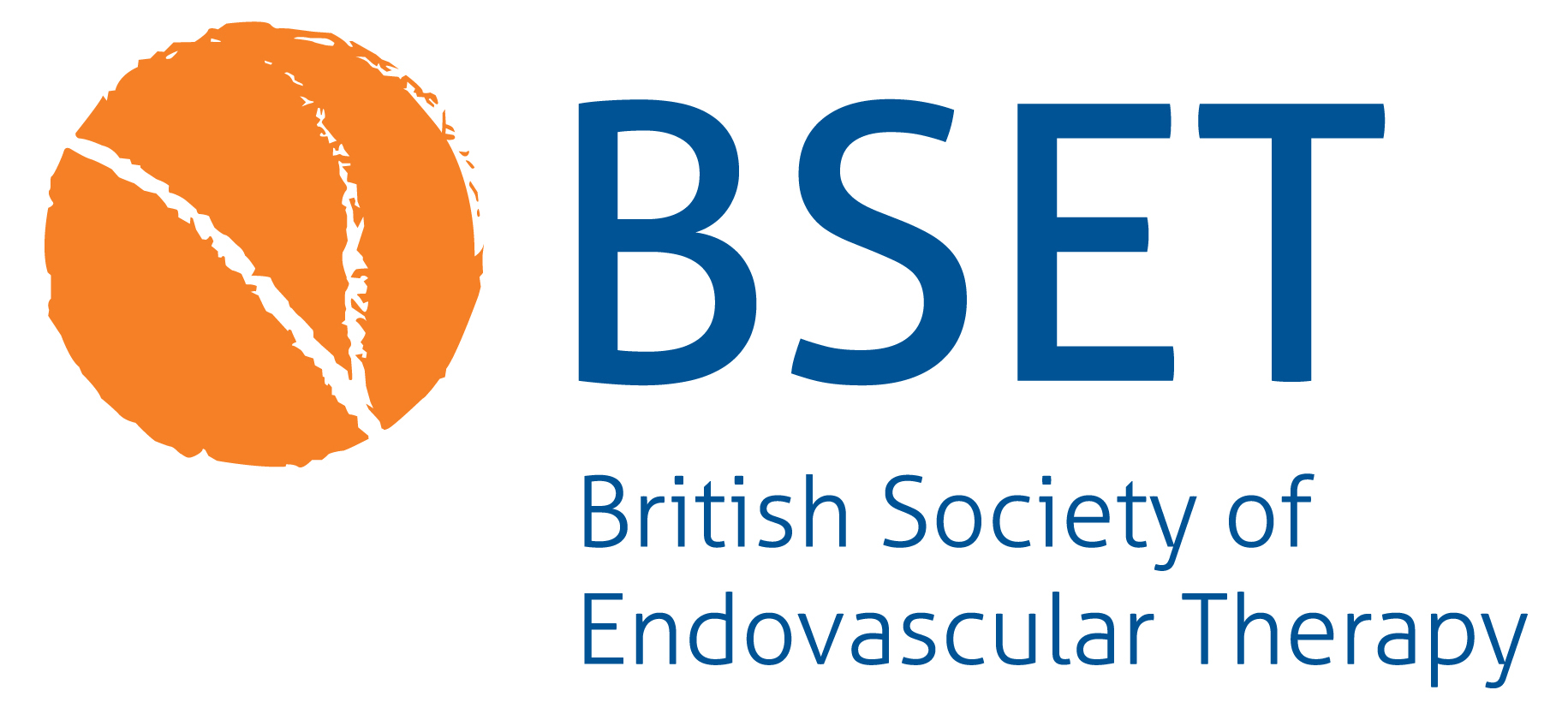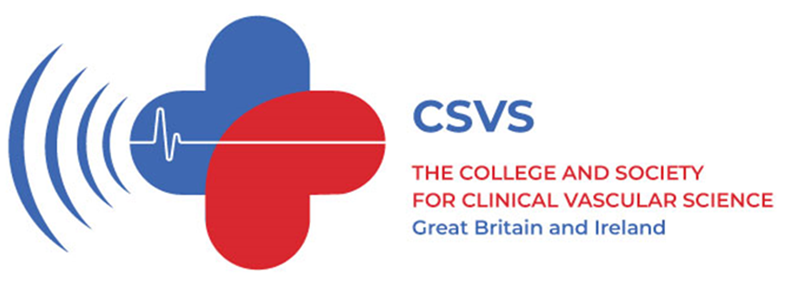Original Research
A quality improvement project on operative records
Background Accurate and legible operative notes are critical for providing high-quality postoperative care and they also serve a crucial role for medicolegal disputes.1,2 The General Medical Council (GMC) has emphasised the importance of good documentation as part of good medical practice.3 Additionally, the Royal College of Surgeons of England (RCSEng) has developed a guideline that…
Read MoreThromboprophylaxis strategies in patients undergoing endovenous thermal ablation: a UK survey
Introduction Background Superficial venous incompetence (SVI) is a prevalent medical condition that often leads to the development of symptomatic varicose veins, significantly impacting one’s quality of life.1 Moreover, SVI carries the potential for major complications including bleeding, ulceration and phlebitis.2 Endovenous thermal ablation (EVTA) is now the recommended first-choice management for the treatment of symptomatic…
Read MoreSpatio-temporal analysis of non-attendance for the National Abdominal Aortic Aneurysm Screening Program in Cambridgeshire, Peterborough and West Suffolk region between 2018 and 2022 and its link to socioeconomic deprivation
Introduction The National Abdominal Aortic Aneurysm Screening Program (NAAASP) offers a screening ultrasound scan to all men aged 65 in the UK by the National Health Service (NHS), with the aim of screening and surveillance of aortic aneurysms. The NAAASP was established after multiple randomised clinical trials showed a significant reduction in the mortality rate…
Read MorePerception and acceptability of open versus endovascular treatment of common femoral artery disease: barriers and facilitators for randomised controlled trials
Introduction The standard of care for the treatment of atherosclerotic disease of the common femoral artery (CFA) remains open surgical CFA endarterectomy (CFAE). Endovascular interventions, however, have become first-line therapies for atherosclerotic disease of other arterial segments. This is due to their minimally invasive nature, low rates of perioperative complications and patient preference.1–4 High rates…
Read More










